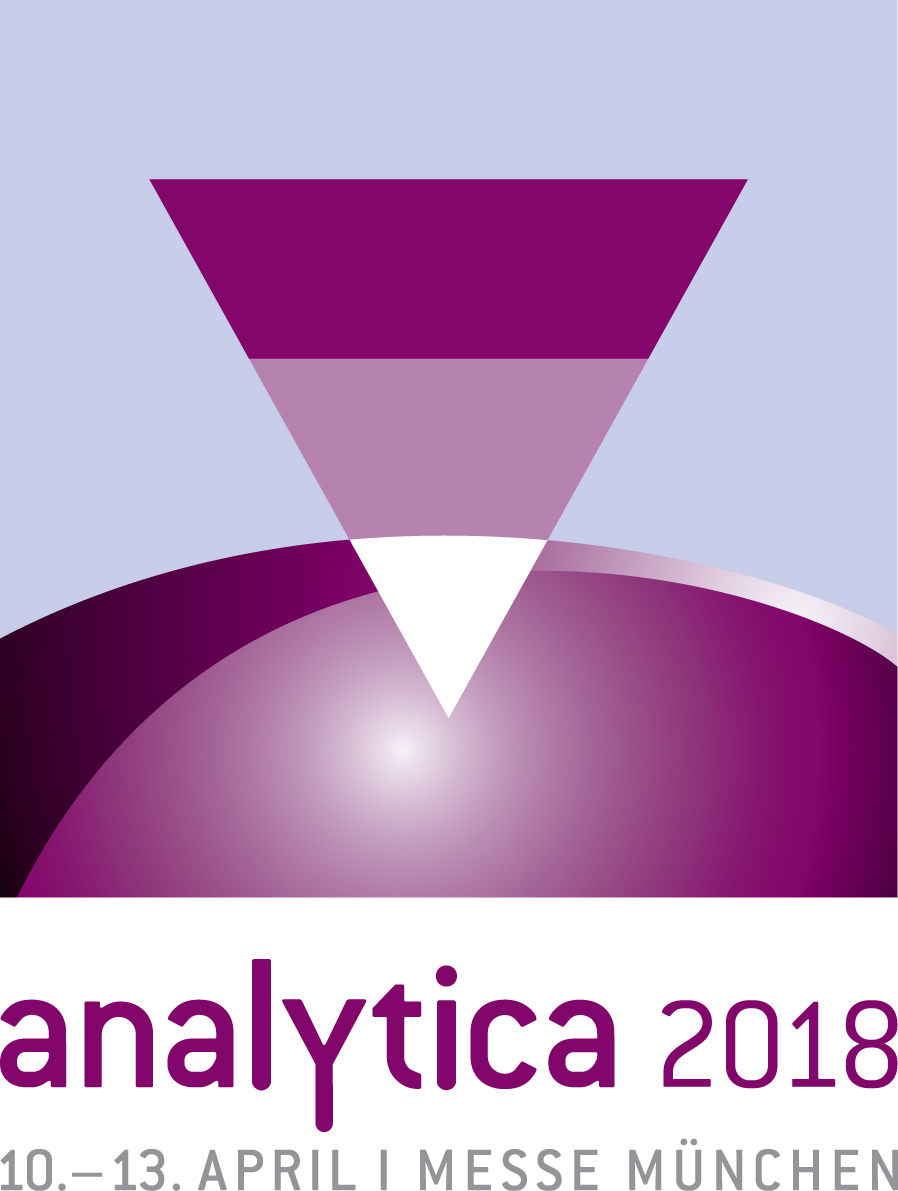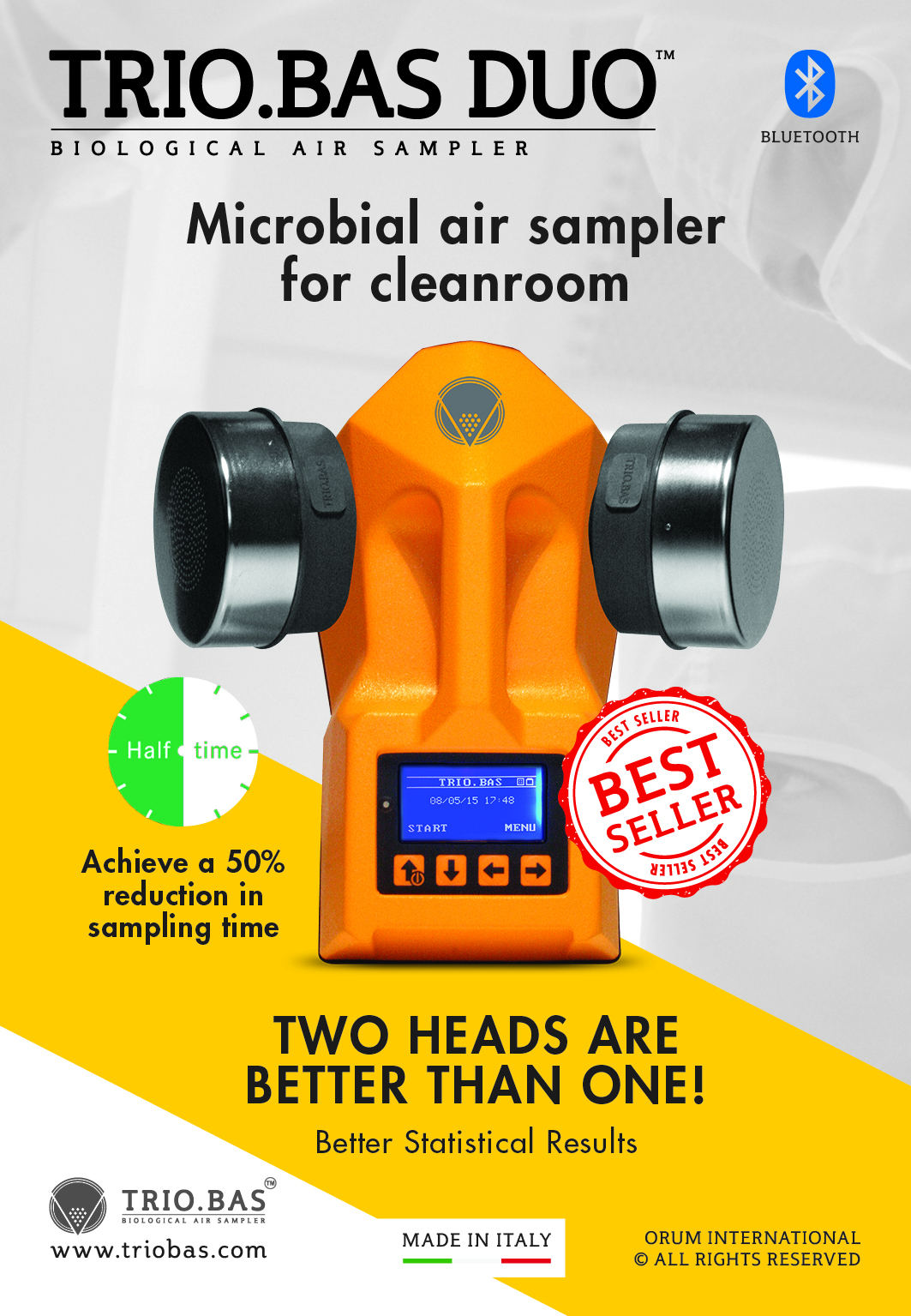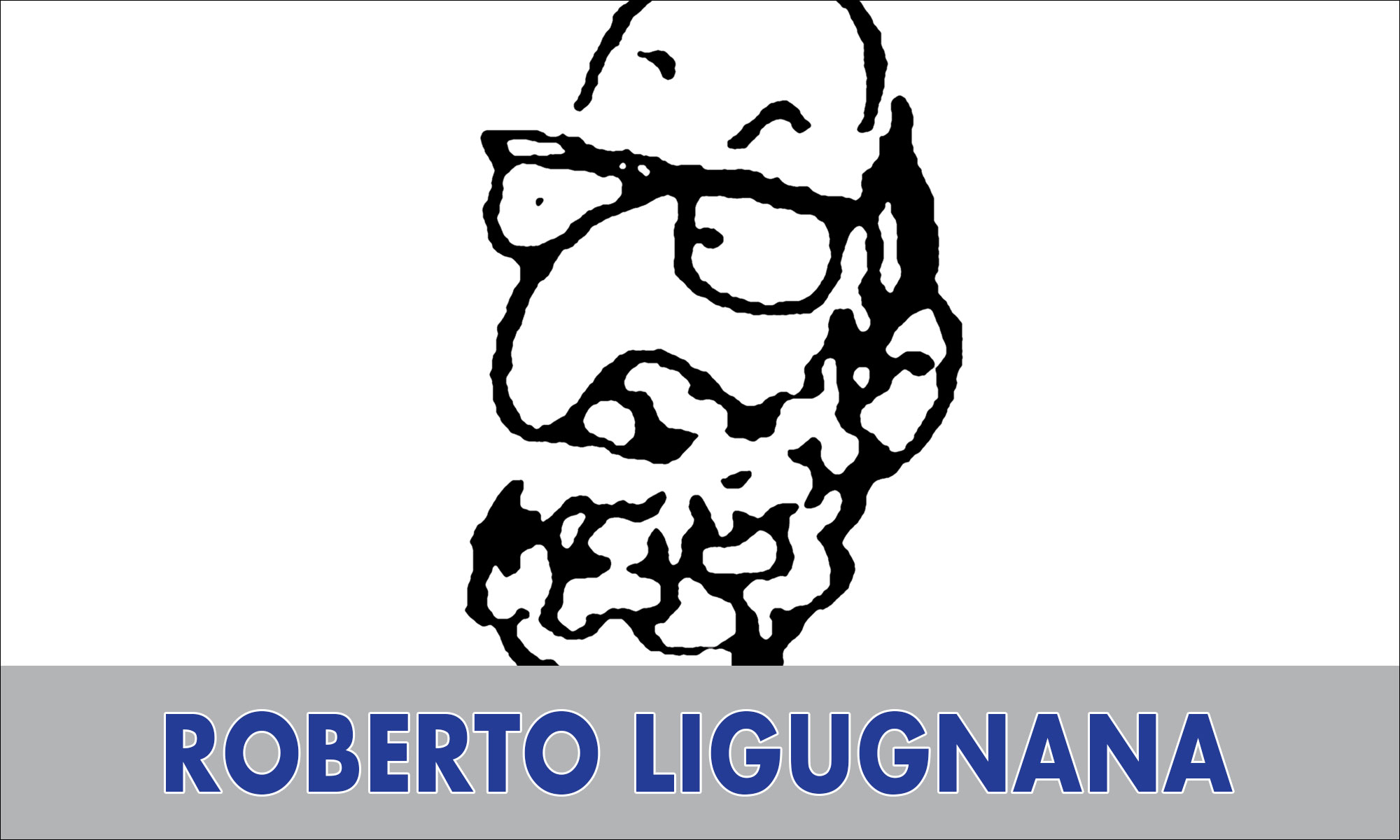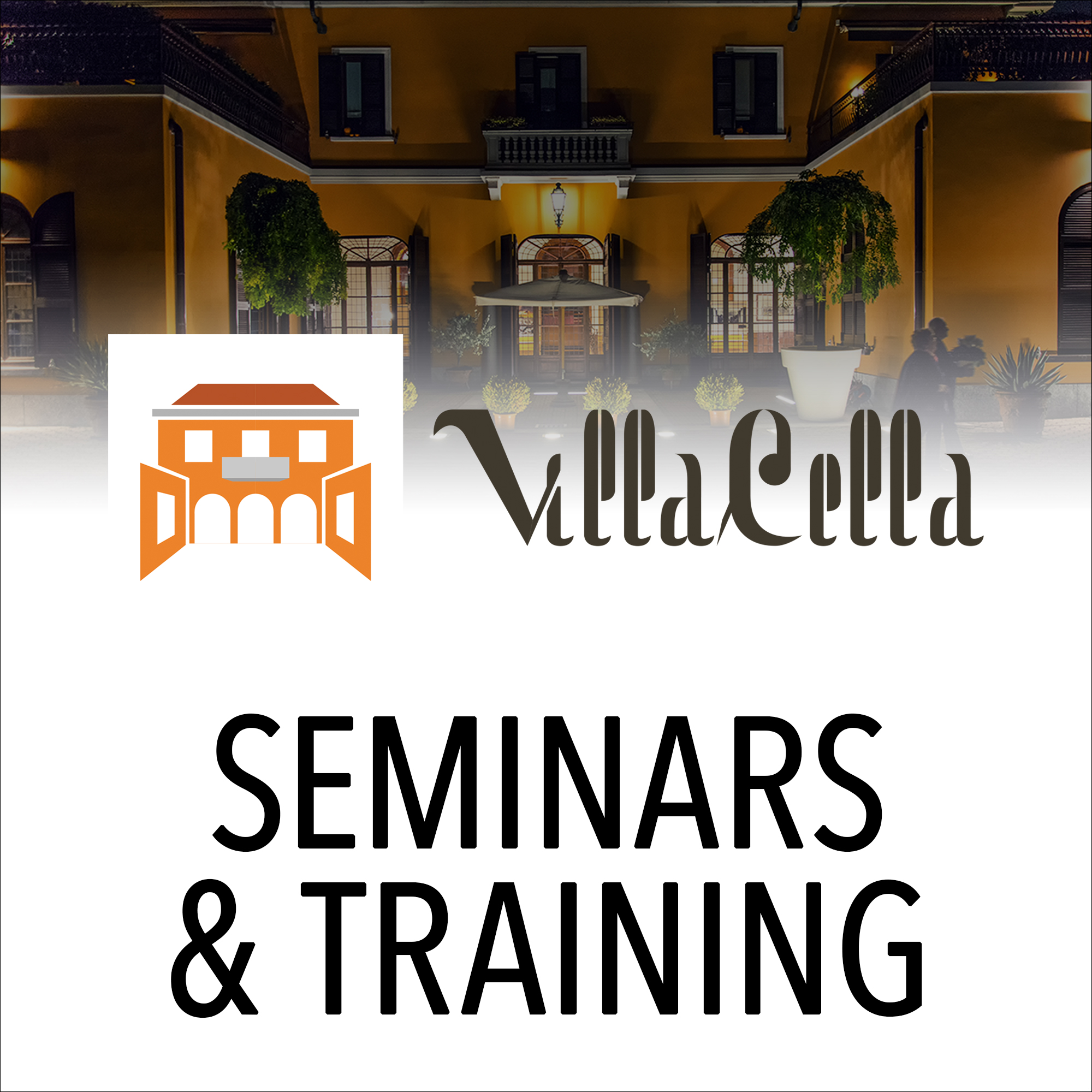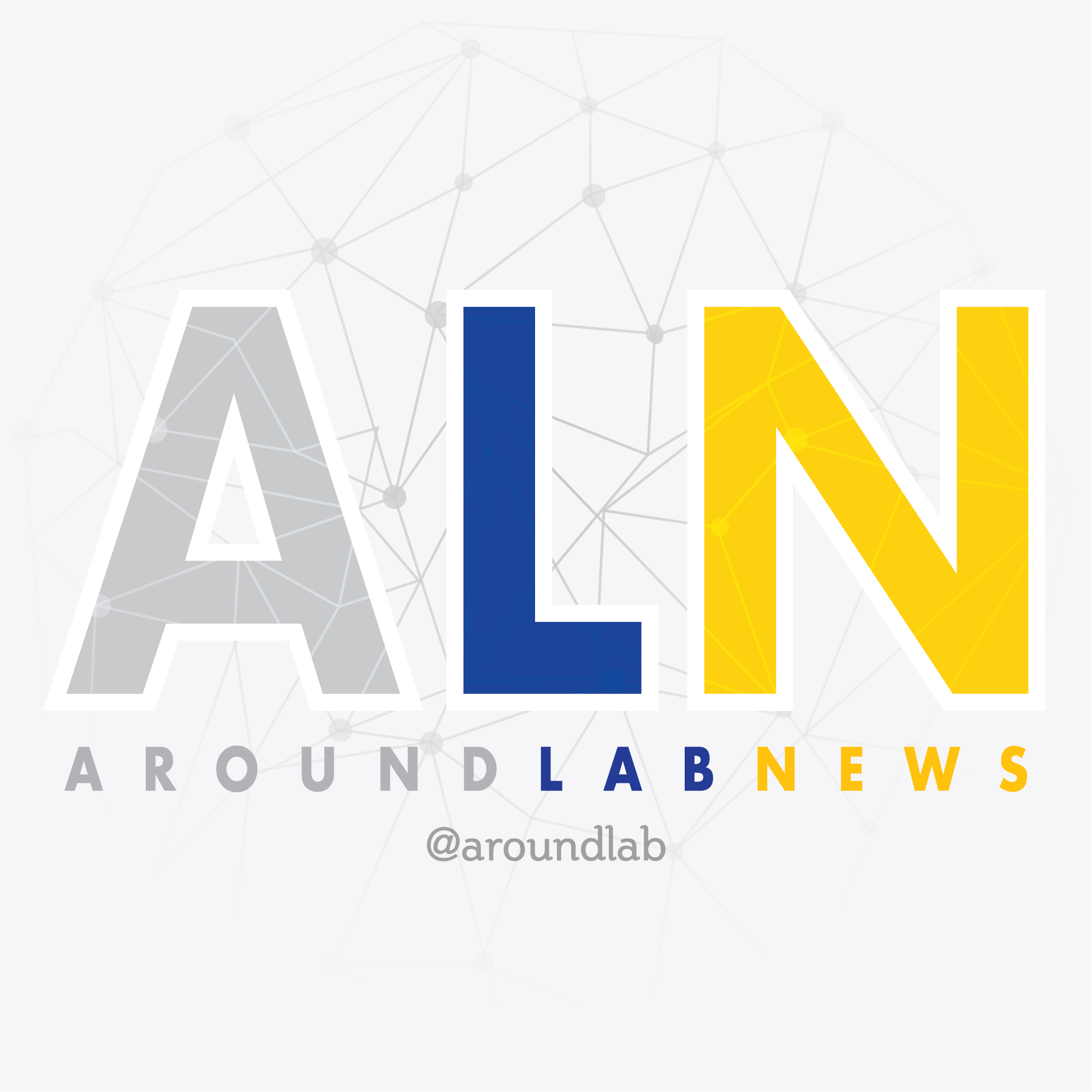AOAC Standards Development Results in New Methods, SMPRs, and Guidelines
About 150 stakeholders from around the world participated in the third annual AOAC INTERNATIONAL Mid-Year Meeting, March 12–14, 2013, in Rockville, Maryland, USA. Major outcomes included adoption of two Official MethodsSM for flavanols in food; adoption of an Official MethodSM for Salmonella in a variety of foods–the first single-source method, processed through the AOAC Research Institute and reviewed through the expert review panel (ERP) process administered by the Research Institute, to be approved; selection of one method each for vitamins A, B12, D, and E, inositol, and nucleotides in infant formula and adult/pediatric nutritional formula to undergo multilaboratory studies for possible Final Action status; approval of standard method performance requirements (SMPRs) for St. John’s wort; and approval ofGuidelines for Validation of Qualitative Binary Chemistry Methods.
In addition, the AOAC Stakeholder Panel on Strategic Foods Analytical Methods (SPSFAM) Working Group on Ingredients revised the applicability statements of the SMPRs for vitamins A, D, E, and K. SPSFAM also reached consensus on the issue of equivalency in determining antioxidant activity.
The International Stakeholder Panel on Alternative Methods (ISPAM) launched the first meetings of the Subgroup on Harmonization of Method Verification Guidelines for “All Foods” Claims, the subgroup charged with providing recommendations for the revision of ISO Method 6579 onSalmonella, and the Fresh Produce Steering Committee.
The Mid-Year Meeting focused on AOAC’s standards development activities in the areas of infant formula, food, and alternative methodology, with a goal of engaging broader international communities in future AOAC activities. Stakeholder panels, working groups, and ERPs reached consensus on standards and methods urgently needed by these communities. In attendance were representatives from major multinational food companies, contract research organizations, instrument manufacturers, test kit companies, government, and academia, among others.
Link: www.aoac.org









